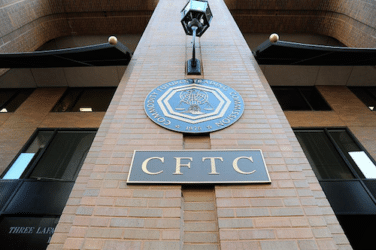India’s Markets at the Crossroads (by: Bill Harts, Modern Markets Initiative )
09.09.2016India has the eighth largest economy in the world and its exchanges trade about $750 billion worth of stock per year. Its markets have emerged to become a world-class trading ecosystem thanks in part to the increased participation of intermediaries who use high frequency trading tools.
However, the Securities and Exchange Board of India (SEBI) is in the midst of deciding if the progress of algorithmic trading innovations should be encouraged or suppressed. It recently sought comment letters on several proposals, most of which would impair the ability of these automated market makers to continuously provide the abundant and inexpensive liquidity to Indian investors that they contribute in other markets.
Overall, SEBI’s proposed mechanisms read like a laundry list of regressive measures championed by those whose business models have been disrupted by the efficiency of high frequency trading. In writing our letter, we sought to synthesize the best research available to debunk the widely publicized misconceptions about high frequency trading and set the record straight. We strived to make it concise and in line with our respectful support for any global regulatory efforts to establish holistic, data-driven policies.
It is our hope that as SEBI considers regulations that will have a direct impact on investors globally, it is guided by decisions based firmly upon fact-based analysis.





